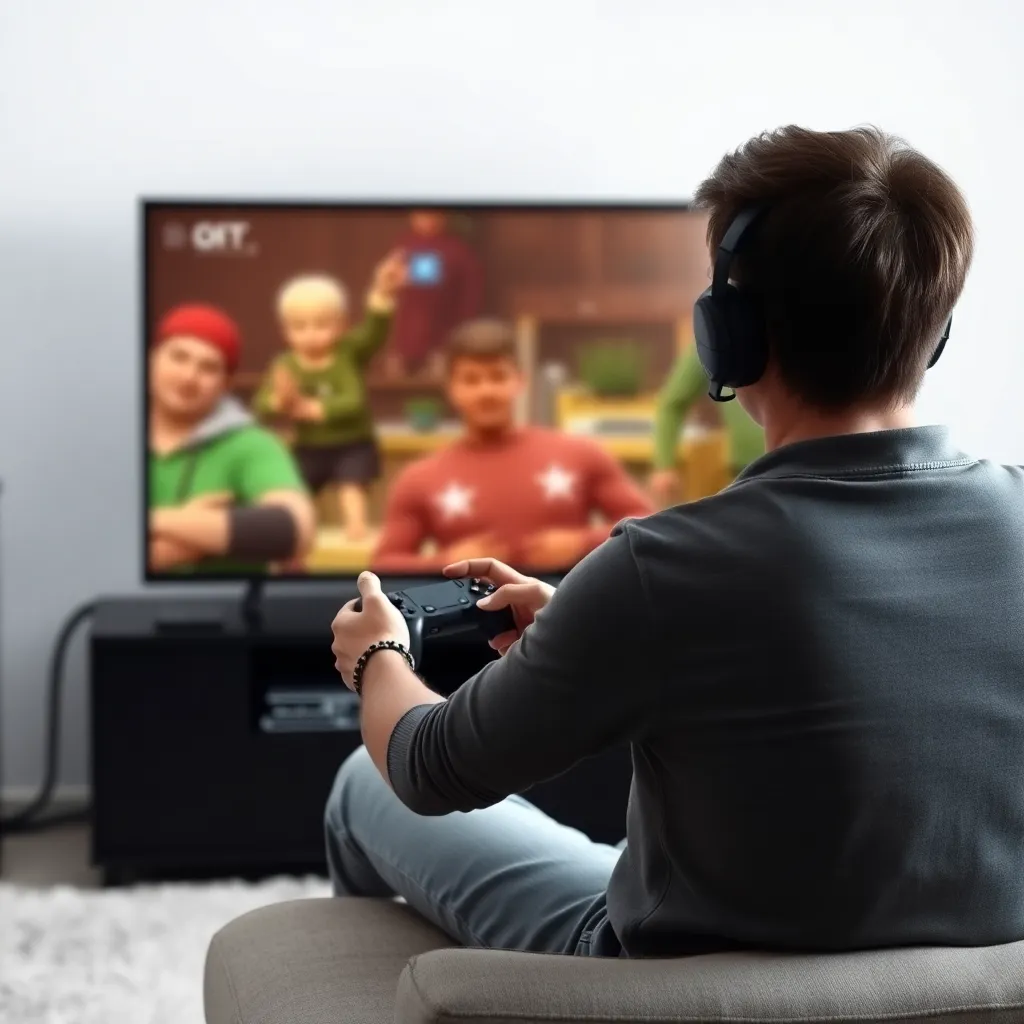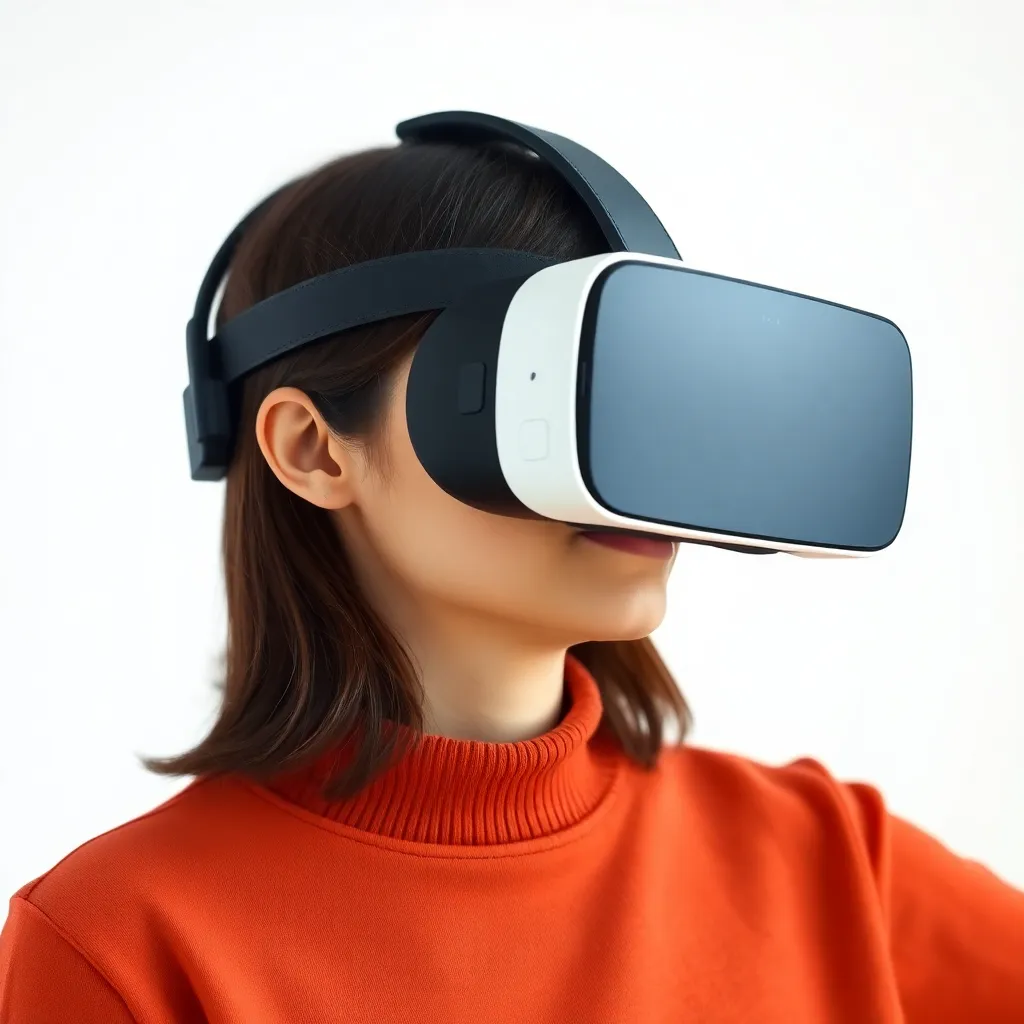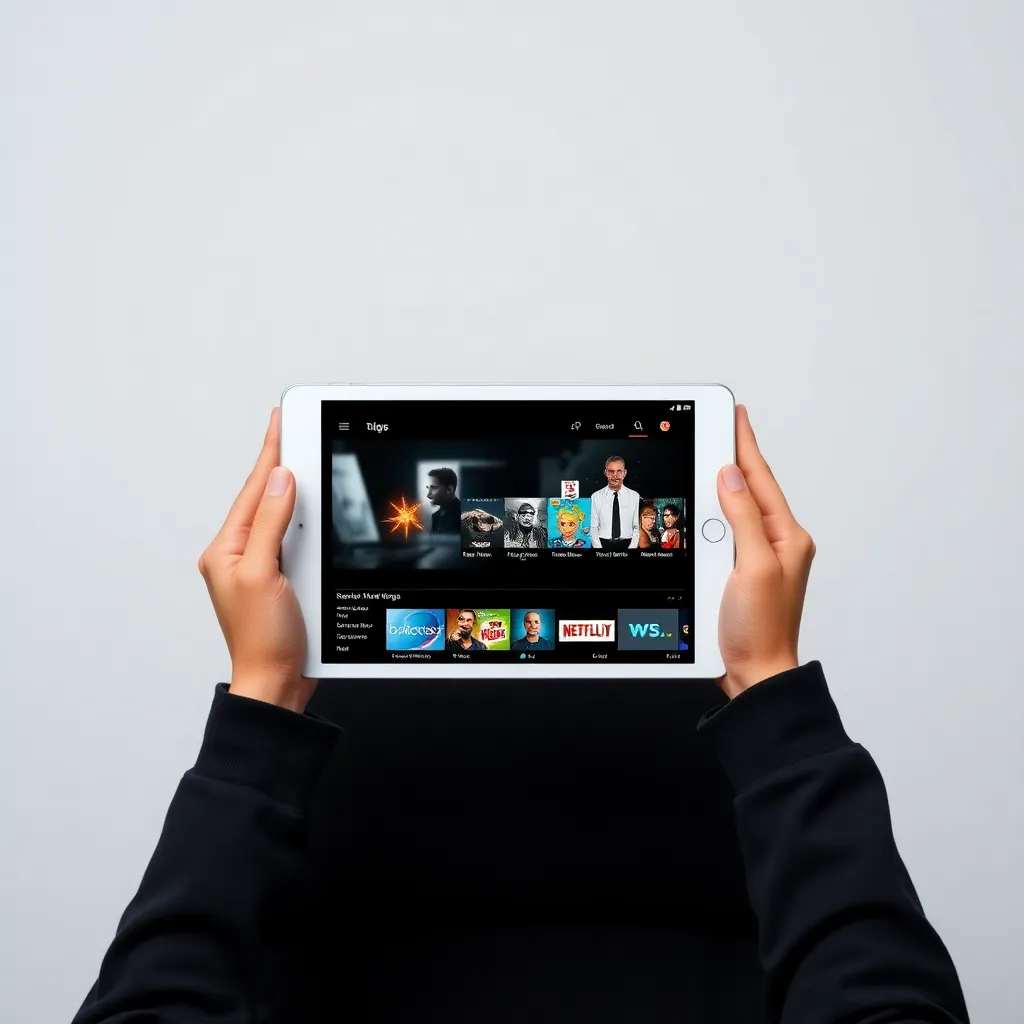Reframing the Narrative: How Different Media Formats Influence the Storytelling Experience
The art of storytelling has been a cornerstone of human expression for centuries, with various media formats serving as vessels for these narratives. From the silver screen to the small screen, and from audio dramas to interactive experiences, each medium has its unique characteristics that shape the storytelling experience. In this article, we'll delve into the world of media formats and explore how they influence the way stories are consumed and interpreted.
One of the most significant factors in shaping the narrative experience is the medium's ability to engage the audience's senses. Film, for instance, is a visually-driven medium that relies heavily on cinematography, lighting, and special effects to create an immersive experience. The use of close-ups, wide shots, and camera angles can evoke emotions and guide the viewer's attention, making the story feel more dynamic and engaging. 
Television, on the other hand, has traditionally been more focused on dialogue and character development, with a greater emphasis on plot progression and serialized storytelling. The rise of prestige TV has led to a shift towards more cinematic storytelling, but the medium's episodic structure still allows for a more leisurely pace and character exploration. The use of cliffhangers and season-long story arcs can keep viewers engaged and invested in the story, even when they're not watching it in real-time.
Video games, as an interactive medium, offer a unique narrative experience that is shaped by the player's agency and decision-making. The use of branching storylines, multiple endings, and player choice can create a sense of ownership and immersion, making the story feel more personal and dynamic. However, this interactivity can also limit the story's ability to convey complex themes or character development, as the player's actions may disrupt the narrative flow.
Podcasts, as an audio-only medium, rely heavily on the listener's imagination and auditory engagement. The use of sound effects, music, and voice acting can create a rich and immersive experience, but the lack of visual cues can also make it more difficult for the listener to follow complex storylines or character development. 
One of the most significant implications of these differences is the way they shape the audience's expectations and engagement. Film and television audiences are often more passive, with the story unfolding before them in a linear fashion. Video game players, on the other hand, are more active, with their decisions and actions shaping the narrative. Podcast listeners fall somewhere in between, with their imagination and auditory engagement driving the story forward.
The Impact of Media Formats on Storytelling
The impact of media formats on storytelling can be seen in the way they shape the narrative structure, character development, and themes. In film, for instance, the use of montage sequences and non-linear storytelling can create a sense of complexity and depth, while also conveying large amounts of information in a short amount of time. In television, the use of serialized storytelling and character development can create a sense of intimacy and familiarity, making the characters feel more relatable and human.
Video games, on the other hand, often rely on more action-oriented storytelling, with the player's actions driving the narrative forward. This can create a sense of urgency and excitement, but also limit the story's ability to convey complex themes or character development. Podcasts, as an audio-only medium, often rely on more dialogue-driven storytelling, with the listener's imagination and auditory engagement driving the narrative forward.
The Role of Pacing in Media Formats
Pacing is a crucial element in storytelling, and media formats can greatly impact the way a story unfolds. Film, for instance, often relies on quick cuts and fast-paced editing to create a sense of tension and excitement. Television, on the other hand, often uses a more leisurely pace, with more time devoted to character development and plot progression.
Video games, as an interactive medium, often rely on the player's actions to drive the narrative forward, creating a sense of urgency and excitement. However, this interactivity can also disrupt the narrative flow, making it difficult for the player to fully engage with the story. Podcasts, as an audio-only medium, often rely on more measured pacing, with the listener's imagination and auditory engagement driving the narrative forward.
The impact of media formats on pacing can be seen in the way they shape the audience's expectations and engagement. Film and television audiences are often more accustomed to a fast-paced narrative, while video game players are more accustomed to a dynamic and interactive experience. Podcast listeners, on the other hand, are more accustomed to a more measured pace, with the listener's imagination and auditory engagement driving the narrative forward.
Case Studies in Media Formats
To better understand the impact of media formats on storytelling, let's examine a few case studies. One notable example is the film The Shawshank Redemption, which uses a non-linear narrative structure and montage sequences to convey complex themes and character development. The film's use of quick cuts and fast-paced editing creates a sense of tension and excitement, making the story feel more dynamic and engaging.
Another example is the television series Breaking Bad, which uses serialized storytelling and character development to create a sense of intimacy and familiarity. The show's use of cliffhangers and season-long story arcs keeps viewers engaged and invested in the story, even when they're not watching it in real-time.
The video game The Last of Us is another notable example, which uses branching storylines and player choice to create a sense of ownership and immersion. The game's use of action-oriented storytelling and interactive gameplay creates a sense of urgency and excitement, making the story feel more personal and dynamic.
The podcast Serious XM's The Message is a great example of how audio-only storytelling can create a rich and immersive experience. The podcast's use of sound effects, music, and voice acting creates a sense of tension and excitement, making the story feel more engaging and immersive.

These case studies demonstrate the unique characteristics of each media format and how they shape the narrative experience. By understanding these differences, media creators can better craft their stories to engage and immerse their audiences.
Practical Applications and Real-World Examples
So, how can media creators apply these insights to their own work? One practical application is to consider the strengths and limitations of each media format when crafting a story. For instance, film and television creators may want to focus on visual storytelling and pacing, while video game developers may want to focus on interactive gameplay and branching storylines.
Podcast creators may want to focus on audio-only storytelling and sound design, using sound effects, music, and voice acting to create a rich and immersive experience. By understanding the unique characteristics of each media format, creators can craft stories that engage and immerse their audiences in new and innovative ways.
Real-world examples of this can be seen in the rise of transmedia storytelling, where a single story is told across multiple media formats. The Star Wars franchise, for instance, has expanded beyond film to include television shows, video games, and even theme park attractions. By understanding the unique characteristics of each media format, creators can craft a cohesive and immersive story that engages audiences across multiple platforms.

Future Developments and Implications
As media formats continue to evolve, we can expect to see new and innovative ways of storytelling emerge. Virtual reality (VR) and augmented reality (AR) technologies, for instance, are already changing the way we experience stories. With VR, audiences can immerse themselves in a fully interactive environment, while AR allows creators to bring stories into the real world.
The rise of streaming services has also changed the way we consume media, with more content than ever available at our fingertips. This has led to a shift towards more niche and specialized storytelling, with creators catering to specific audiences and interests.
As media formats continue to evolve, we can expect to see new and innovative ways of storytelling emerge. By understanding the unique characteristics of each media format, creators can craft stories that engage and immerse their audiences in new and innovative ways.

In conclusion, media formats play a significant role in shaping the narrative experience. By understanding the unique characteristics of each format, creators can craft stories that engage and immerse their audiences in new and innovative ways. As media formats continue to evolve, we can expect to see new and exciting developments in the world of storytelling.